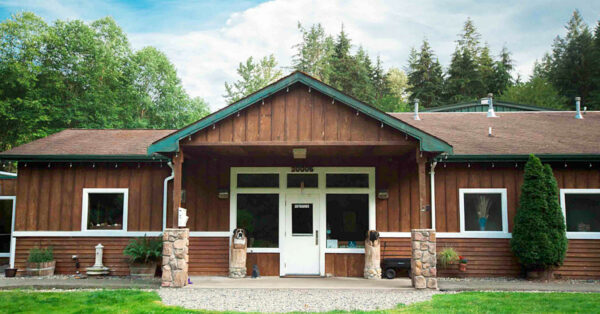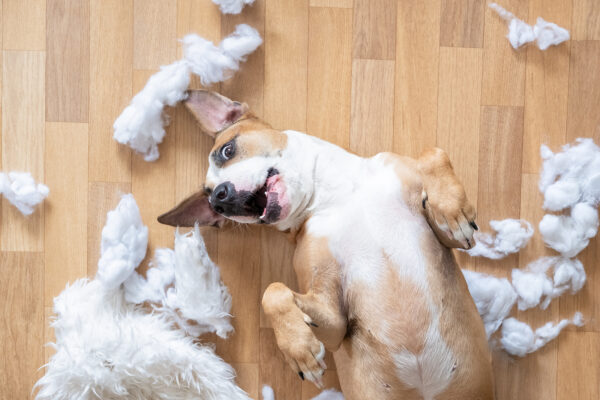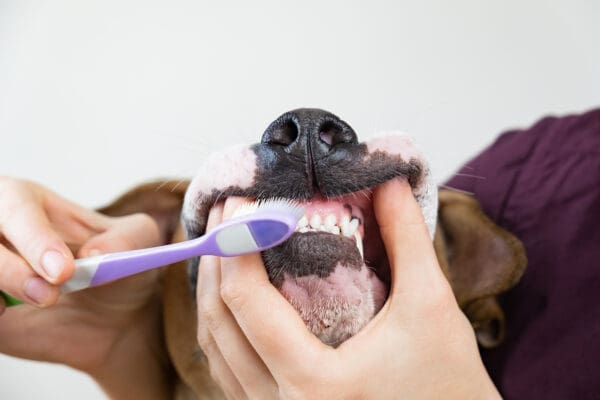
11401 NE 195th St. Bothell, WA 98011
(425) 486-9000 PHONE (425) 486-9002 fax
Natural History
Colubridae are a family of snakes that make up nearly two-thirds of all known snake species, They are among the most commonly kept pet snakes because of their simple care requirements, docile temperaments, and manageable sizes. The largest snakes mentioned on this care sheet are certain species of rat snakes, which can sometimes grow to over 6’. The smallest are the western hognose snakes, which rarely exceed 24”. Most corn, milk, and kingsnakes stay within the 3-5’ range. It is important to research the individual colubrid you own or plan to own in order to anticipate potential adult size.
Colubrids come in a wide array of beautiful colors, and are typically very easy to keep because most of them are native to our North American environments. Many of them are diurnal, and can often be spotted cruising around their cages during daylight hours. With proper care, these snakes can live up to 25 years in captivity, and make active, attractive pets.
Husbandry
Housing: A colubrid’s enclosure should be big enough to allow a thermal gradient. Juveniles under 12” in length can be housed in an enclosure the size of a standard 5- or 10-gallon aquarium, while adults can be kept comfortably in a 20-gallon-long or a 30-gallon-breeder. Locking lids are a necessity when it comes to keeping colubrids, as they are expert escape artists and can be surprisingly strong. Appropriate substrates for colubrids include newspaper, paper towels, reptile carpet, newspaper, slate, or recycled paper bedding such as Carefresh, as these are safe and easy to clean. Substrates to be avoided are wood shavings like cedar or pine, coconut husk, and sand, as these are harder to keep clean and can lead to respiratory issues. Hiding spots large enough for the snake to curl up in completely should be provided in both the cool and warm ends of the enclosure. Colubrids are solitary animals; except during breeding season, they do not associate with other snakes. It is not recommended to house more than one snake together unless you are actively trying to breed them. This is especially true of certain colubrid species like king snakes, which commonly eat other snakes!
Heating/Lighting: A thermal gradient should be provided for all colubrids, with one side of the tank being cooler and the other side being warmer. This allows the snake to self regulate his body temperature by moving from one end of the cage to the other. The hot end for most colubrids should be in the 85-90F range, whereas the cool end should be 70-75F. Appropriate heating elements are ceramic heat emitters or various heat bulbs (provided that any light-emitting heat bulbs are turned off at night), or under tank heaters attached to thermostats. The heat source should always be placed outside the cage, as snakes may curl up around it and burn themselves if they have access to it. “Hot rocks” should not be used, as they often lead to severe burns.
It is important to purchase a temperature gun, or digital thermometers that possess probes, for accurate temperature readings. Plastic dial thermometers, or any thermometer with a fixed placement, are often unreliable, and do not adequately gauge temperatures. Colubrids do not require specialized UV lighting.
Humidity: Colubrids generally do not require high humidity levels, and excessive humidity can predispose them to respiratory tract infections. It is important to ensure that their bedding is clean and dry at all times. Misting of the cage should not be necessary.
Water dishes should be large enough for the snake to soak in, and should be kept scrupulously clean.
Diet
Colubrids are generally ravenous eaters. Hatchling colubrids will accept pinkie mice every 5 to 7 days, whereas adult king or rat snakes may eat medium rats every 7 to 10 days. Most adult corn and milk snakes will be happy with medium to large mice once a week. It is healthier for a snake to eat smaller portions more frequently than it is to feed larger portions less frequently. All snakes should be fed pre-killed prey for the safety of the snake. Previously killed, frozen prey should be thawed completely to room temperature before feeding. Never feed prey that is still frozen, and never use a microwave to heat the frozen prey.
We advise feeding snakes in a separate (secure) box that is not their main cage. Snakes fed in their cage can come to associate the lid or door opening with food, and may strike at your hand when reaching in to clean or to take the snake out for some other purpose. Instead of feeding in the cage, place the snake in a separate box in a dim, quiet area to let them feed in peace. They may need to remain there for several hours before feeling comfortable enough to eat.
Handling
Colubrids are known for their generally docile temperaments, but kingsnakes in particular can sometimes have very strong feeding responses, to the point where one could mistake your finger for a delicious mouse. Be sure to only hold colubrids after your hands are washed thoroughly with soap and water to remove any potentially enticing smells. Juvenile colubrids are small and fast, but it is recommended to start handling them early so they become conditioned to being picked up. Be sure not to handle a snake that is having difficulty feeding or just after it’s been fed, as too much activity can stress them out.
Common Medical Issues
Shedding: Shedding problems are common with snakes that are ill or suffering from improper husbandry. A healthy, well-kept snake should shed their skin in one single piece, including the caps over their eyes. If the shed breaks into multiple pieces as the snake moves around, that is fine as long as none of it remains sticking to the snake. Common places for retained sheds are tail tips and eye caps. If your snake is having difficulty clearing the whole shed, we recommend a veterinary exam.
Anorexia: Inadequate temperatures, improper cage size, going into shed, reproductive activity, or simply being offered a food that is different than normal can sometimes upset a snake into refusing food. Careful monitoring of any snake who refuses food is recommended to assess whether or not other symptoms of sickness are showing, and persistent anorexia warrants a veterinary visit.
Parasites: Internal parasites in the gastrointestinal tract can be present in any snake, and can exacerbate an already ill animal’s problems. The best way to prevent this from being an issue is to have yearly fecal exams with your veterinarian while maintaining excellent husbandry at home. Snakes can get these parasites from their food, their environment, and from each other. External parasites, such as mites and ticks, need to be treated immediately, as they can be vectors for fatal viral diseases.
Respiratory: Colubruds, like all most reptiles, are susceptible to infections of the respiratory system. Infections can occur if the humidity is too high, the temperatures are too low, or if a cage is kept too dirty for too long. If your snake is breathing with its mouth open, breathing audibly, or has any kind of bubbles or discharge from the nostrils or mouth, contact a reptile veterinarian immediately.
Injuries From Prey: Feeding live prey to a colubrid can sometimes have tragic results. When a snake is reluctant to eat for whatever reason, rodents that are left in the cage can chew on the snake’s skin and remove large chunks of skin/scales. They can also deliver damaging bites when the snake attempts to asphyxiate them, sometimes injuring the snake’s head and causing lifelong deformities. In some cases, these bites can be fatal. It is recommended that snakes be fed pre-killed prey to prevent any injuries.
March 30, 2015
Content of this Care Sheet Courtesy of:
The Center for Bird and Exotic Animal Medicine
11401 NE 195th St. Bothell, WA 98011
(425) 486-9000 PHONE (425) 486-9002 fax



